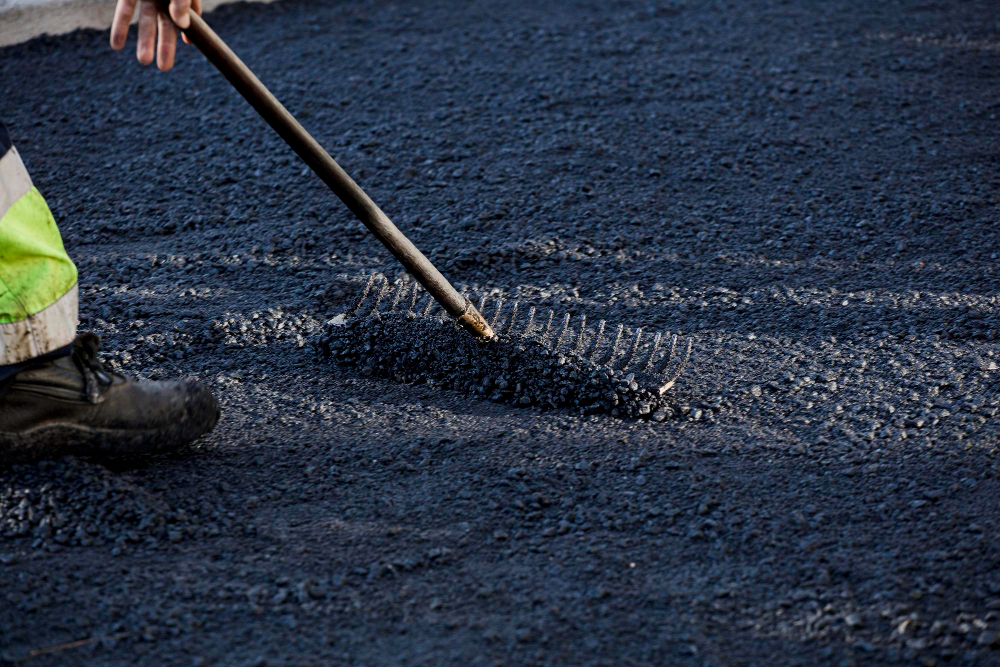
Your asphalt driveway or parking lot represents a significant investment in your property. Like any investment, proper maintenance ensures it delivers maximum value over time. Sealcoating stands as one of the most effective ways to protect your asphalt surfaces from the elements, but timing is everything.
Understanding the right frequency for sealcoating can save you thousands in premature replacement costs while keeping your pavement looking professional and well-maintained. The answer isn't one-size-fits-all—several factors influence how often your specific surface needs attention.
This guide breaks down everything you need to know about sealcoating frequency, from the basic timeline to the specific conditions that might accelerate your maintenance schedule.
Most asphalt maintenance professionals recommend sealcoating every 2-3 years for optimal protection. This timeframe allows the previous sealcoat to wear naturally while preventing significant deterioration of the underlying asphalt.
However, this standard timeline serves as a baseline rather than a strict rule. Your specific circumstances may call for more or less frequent applications depending on various environmental and usage factors.
For new asphalt installations, wait at least 6-12 months before applying the first sealcoat. Fresh asphalt needs time to cure properly, and premature sealing can actually trap oils and prevent proper curing.
Florida's unique climate presents specific challenges for asphalt maintenance. The intense UV radiation from year-round sunshine breaks down asphalt binders more rapidly than in northern climates. Additionally, frequent afternoon thunderstorms create wet-dry cycles that can accelerate surface deterioration.
Properties in coastal areas face additional challenges from salt air, which can be particularly corrosive to asphalt surfaces. These conditions may necessitate more frequent sealcoating—potentially every 18-24 months instead of the standard 2-3 year cycle.
High-traffic areas experience faster wear and may require more frequent sealcoating. Commercial parking lots that see heavy daily use, delivery trucks, or frequent turning movements typically need attention every 1-2 years.
Residential driveways with light passenger vehicle traffic can often extend the timeline to 3-4 years between applications, especially if the surface receives minimal daily use.
The type of vehicles also matters. Heavy trucks, construction equipment, or vehicles that leak oil create additional stress on the sealcoat, potentially shortening its effective lifespan.
Newer asphalt surfaces generally hold sealcoating longer than older ones. As pavement ages, it becomes more porous and may require more frequent applications to maintain adequate protection.
Surfaces with existing minor cracks or surface irregularities may need sealcoating more often, as these imperfections can allow water penetration that accelerates the breakdown of both the sealcoat and underlying asphalt.
Rather than relying solely on calendar dates, learn to recognize the visual indicators that signal it's time for fresh sealcoating.
Fresh sealcoat appears deep black with a slight sheen. As it ages, the surface gradually fades to gray. When your asphalt appears more gray than black, it's typically time to consider reapplication.
New sealcoat creates a smooth, uniform surface. Over time, you'll notice the texture becoming rougher as the coating wears away and aggregate becomes more visible.
Perform a simple water test by sprinkling water on different areas of your pavement. If water quickly absorbs into the surface rather than beading up, your sealcoat protection has diminished significantly.
Small hairline cracks often indicate that your sealcoat protection is failing. While sealcoating won't repair existing cracks, addressing these issues promptly with crack filling followed by sealcoating can prevent major problems.
While regular maintenance is crucial, excessive sealcoating can create problems. Applying sealcoat too frequently—such as annually—can result in a thick, rubbery surface that may crack, peel, or become slippery when wet.
Over-sealed surfaces also tend to show tire marks more readily and can develop a patchy appearance as different layers wear unevenly.
The Daytona Beach area presents unique challenges that property owners should consider when planning their sealcoating schedule. The combination of intense sunlight, high humidity, frequent rainfall, and proximity to saltwater creates an accelerated aging environment for asphalt surfaces.
Properties near the beach may benefit from premium sealcoating products specifically formulated to resist salt damage. These specialized coatings might cost slightly more but can extend the time between applications.
Additionally, the area's active hurricane season means planning sealcoating projects during optimal weather windows becomes particularly important. Spring and early summer typically offer the most favorable conditions for sealcoating applications.
Proper preparation makes a significant difference in sealcoating longevity. This includes thorough cleaning, crack filling, and oil spot treatment before application. Quality preparation can extend the effective life of your sealcoat by 6-12 months.
Choose application timing carefully. Avoid periods of high humidity, predicted rain, or extreme temperatures. The ideal conditions include temperatures between 50-85°F with low humidity and no rain forecast for 24-48 hours.
Consider the quality of materials and application methods. Professional-grade sealcoating products and proper application techniques significantly outperform DIY approaches in both appearance and longevity.
Ultimately, the ideal sealcoating frequency depends on balancing protection needs with budget considerations. A commercial property with heavy traffic and significant curb appeal requirements might benefit from more frequent applications, while a residential driveway might perform well with extended intervals.
Regular inspection helps you make informed decisions. Walk your pavement quarterly, noting any changes in appearance or surface condition. Document these observations to help identify patterns and optimize your maintenance schedule.
Consider consulting with local professionals who understand the specific challenges of maintaining asphalt in your area's climate and conditions.
Proper sealcoating frequency protects your asphalt investment while maintaining an attractive, professional appearance. While every 2-3 years serves as a general guideline, your specific circumstances may warrant adjustments to this schedule.
Regular monitoring, combined with understanding of local environmental factors, helps you make informed decisions about when your surface needs attention. Remember that proactive maintenance always costs less than reactive repairs.
If you need professional sealcoating in Daytona Beach, FL, contact Florida Sealcoating today for more information.